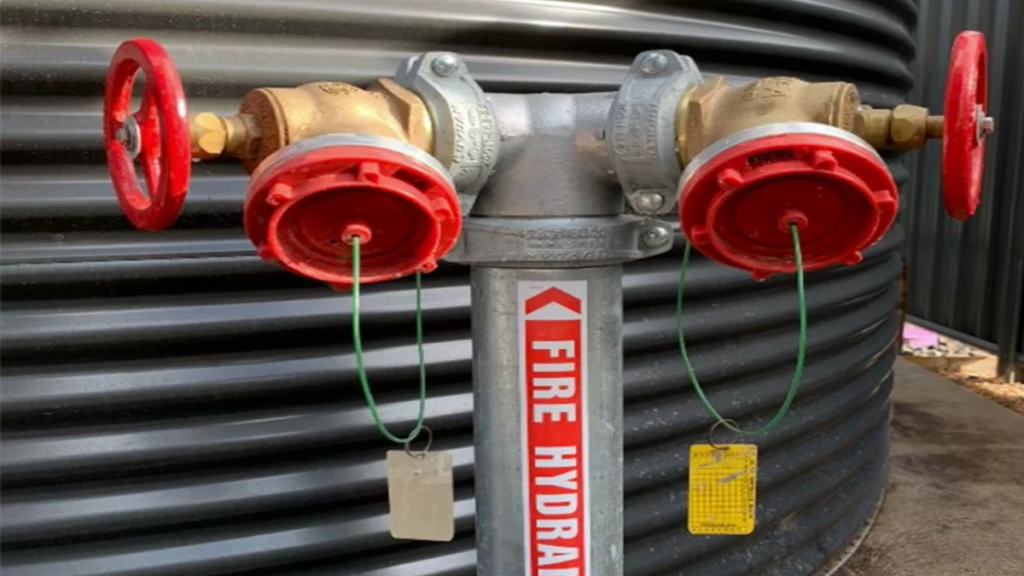Are you an Australian commercial property owner? If so, then you’ll be aware that there is an extensive list of regulations that your property (and any business on it) needs to comply with to be deemed compliant.
One of the most essential items on your compliance list is without a doubt fire safety. With that in mind, many property owners make use of the fire services Melbourne contractors have on offer. Having your fire safety taken care of by certified specialists ensures that your systems are not only compliant but also working safely.
Fire Safety Standards to be Aware of
The high volume of regulations that a commercial or industrial, property owner needs to be aware of can make it difficult to keep track of. Especially if you’re a first-timer.
To help ease the frustration of knowing what’s important and what’s not, our team of experts have drawn up a list of the most crucial aspects of fire safety that you should be aware of. Keep in mind that these may be more or less relevant to your company, depending on the type of property and business,
1. Fire Detection Warning Systems
The most important regulation to consider is listed as AS1603 and AS1670 in the Australian Fire Safety Standards. It refers to early warning and detection systems for potential fires.
In simple terms, this can refer to smoke and fire alarm systems and should not only be installed but also tested routinely. The types and amounts of smoke and fire detectors that you need will depend on the type of business you have.
2. Fire Hose Reels
Every business, whether commercial, industrial, or even multi-story residential buildings, is also expected to have working fire hose reels. According to regulation AS/NZS1221, inspection and testing of hose reels needs to be carried out every six months. These inspections include checking that the following are working:
- Joints
- Couplings
- Spray Nozzles
- Water flow pressures
3. Portable Fire Extinguishers
The importance of portable fire extinguishers is clearly outlined in regulation AS1850 which also breaks the types and classifications down into six different sub-sections. These sections highlight the type and number needed for each business type. This means that the requirements for an office building will be different to those needed in a kitchen that uses fats and cooking oils.
It’s a good idea to download the chart attached to this regulation and hang it in your business. This ensures that you can always refer back to it to ensure that your portable fire extinguishers are compliant.
4. Fire-Resistant Doors
Fire-resistant doors can be defined as partitions that inhibit the spread of fire between sections in your building. Including them in your safety plan is a good way to ensure that building occupants can safely move between spaces in the event of a fire.
In addition to ensuring that a door is fire-resistant, you can also ask your fire services contractor to make your doors smoke-resistant. This will give any people in the building a safe place to stay until help arrives if they are unable to exit the building. You can read more about this in regulations AS1905.
5. Automatic Sprinkler Systems
As per regulation AS2118, every commercial and residential building should have an automatic fire sprinkler system. As with the other types of fire equipment, the types of sprinkler heads and general systems will depend on your building’s specific classification.
Another clause of this regulation has been amended to shift the focus to water conservation. This then means that property owners are encouraged to install recirculation tanks to reuse water. This is especially effective when the sprinkler systems are being tested.
Instead of wasting water when the sprinkler valves are tested, the water is recycled. The use of water mist fire protection systems, on the other hand, is highlighted under regulation AS4587.
6. Fire Hydrants
If your property requires fire hydrants, you can find the criteria in regulation AS2419 and AS1851. For the most part, this section focuses on the inspection and testing of the hydrants which usually occurs every six months. This can be done earlier if the fire safety officer suspects damage.
7. Gaseous Fire Suppression Systems
Typically, gaseous fire suppression systems are needed in buildings or spaces where electrical components make it difficult to use water or foam to extinguish a fire. If you
would prefer to include a gaseous fire suppression system, it’s important to follow the guidelines found in regulation AS4214.
Since these systems are highly specialised, the way they operate is considerably different to their water-based counterparts. They are most commonly used in electrical or chemical plants as well as electronics manufacturing companies.
Final Thoughts
Keeping your fire safety systems up to date will ensure that your building occupants and surrounding businesses are safe in the event of a fire. It will also prevent you from getting any fines due to non-compliance. Use our list and the advice of your local fire service agent to help you keep your building compliant.

